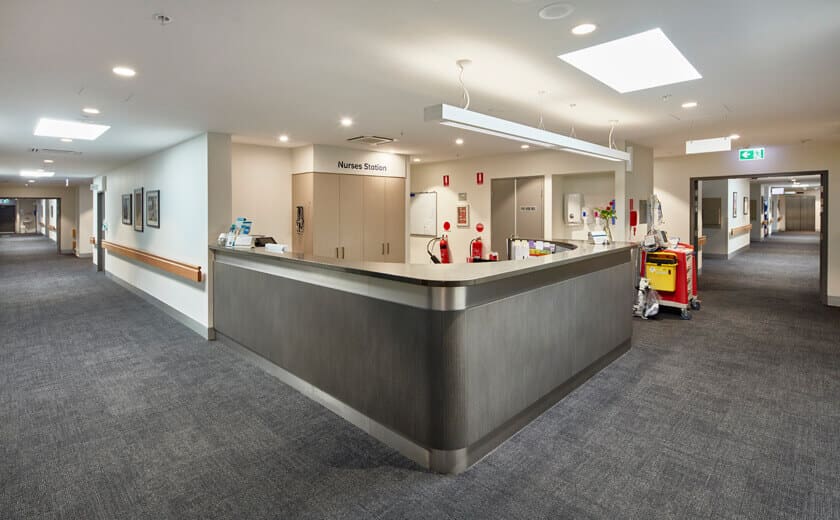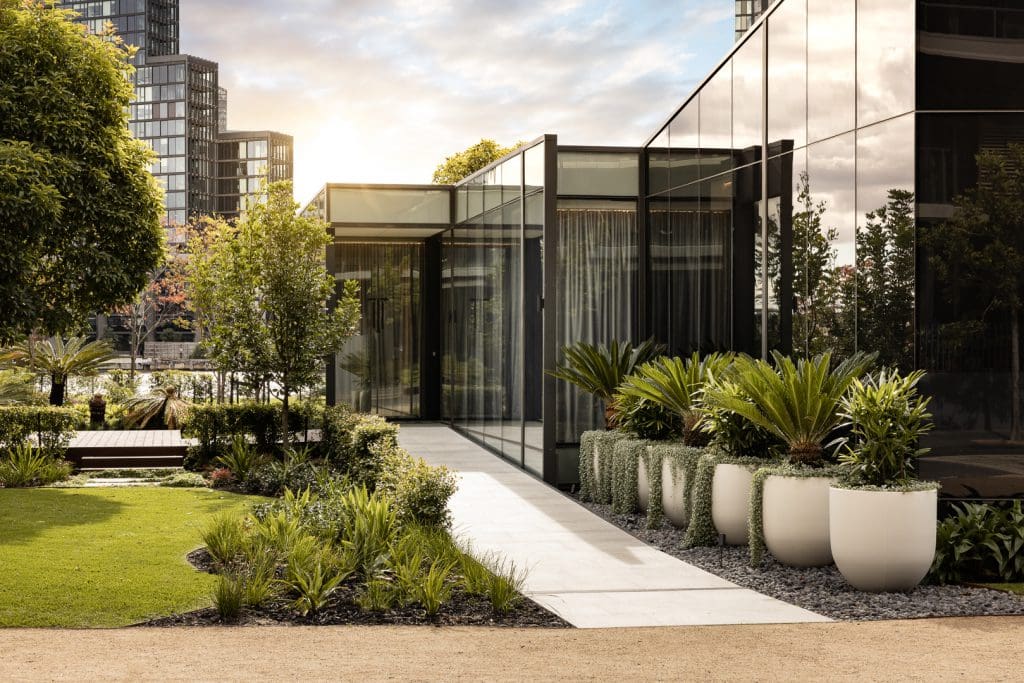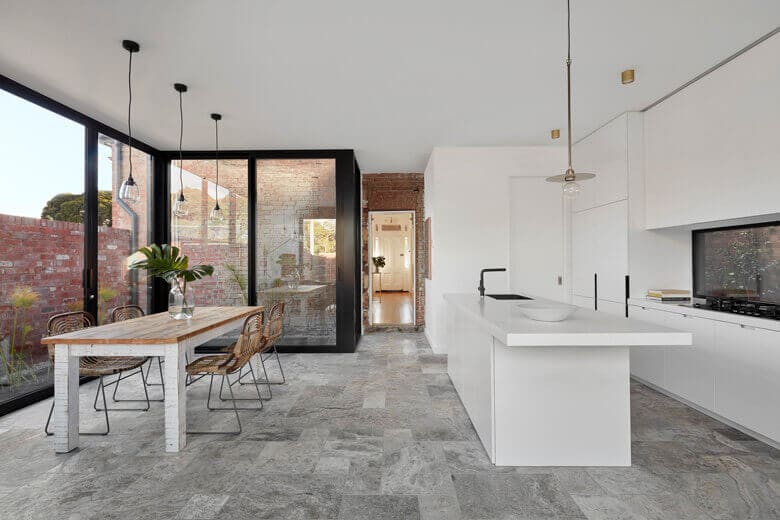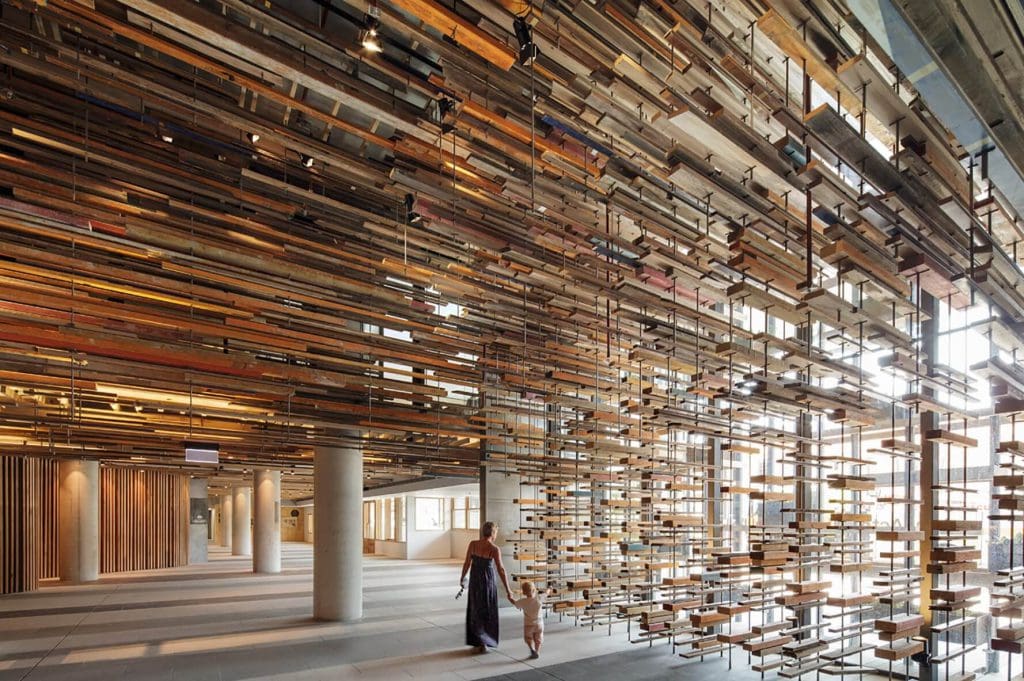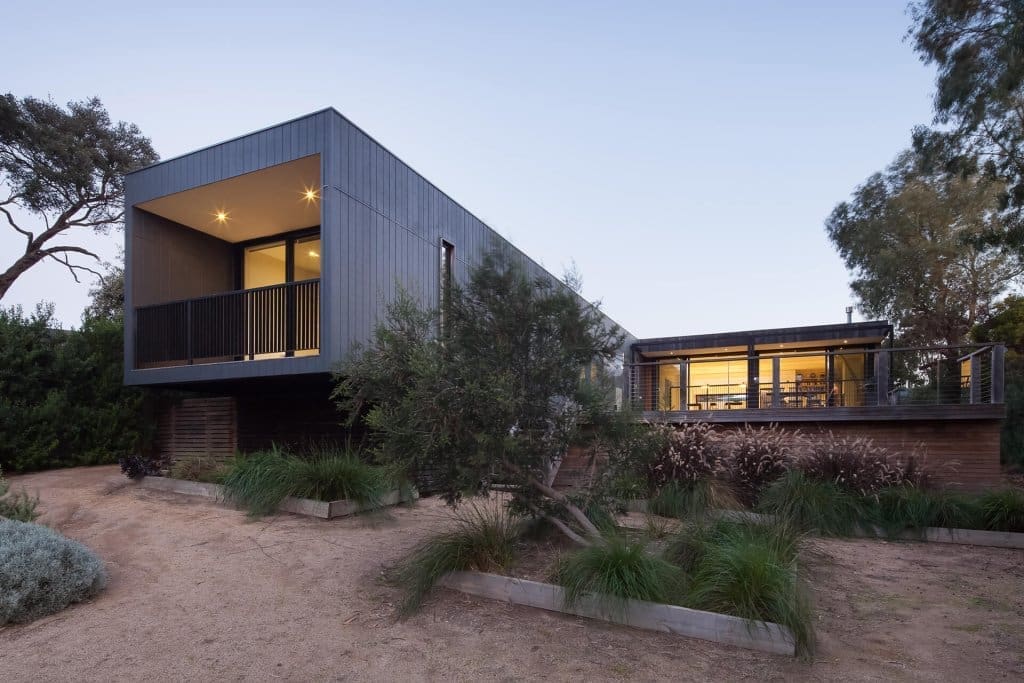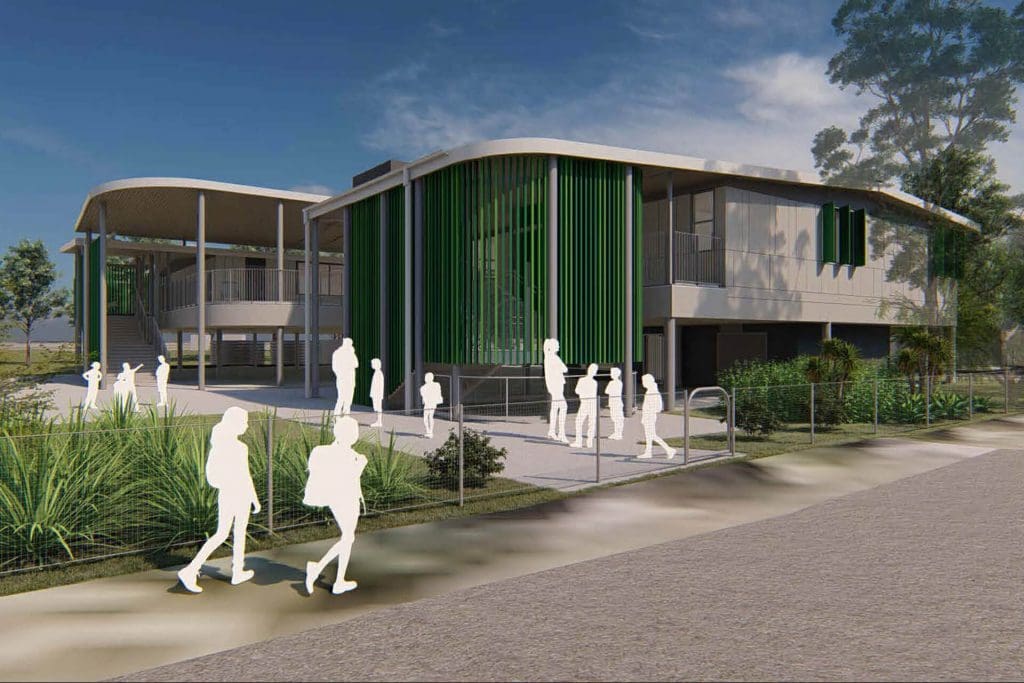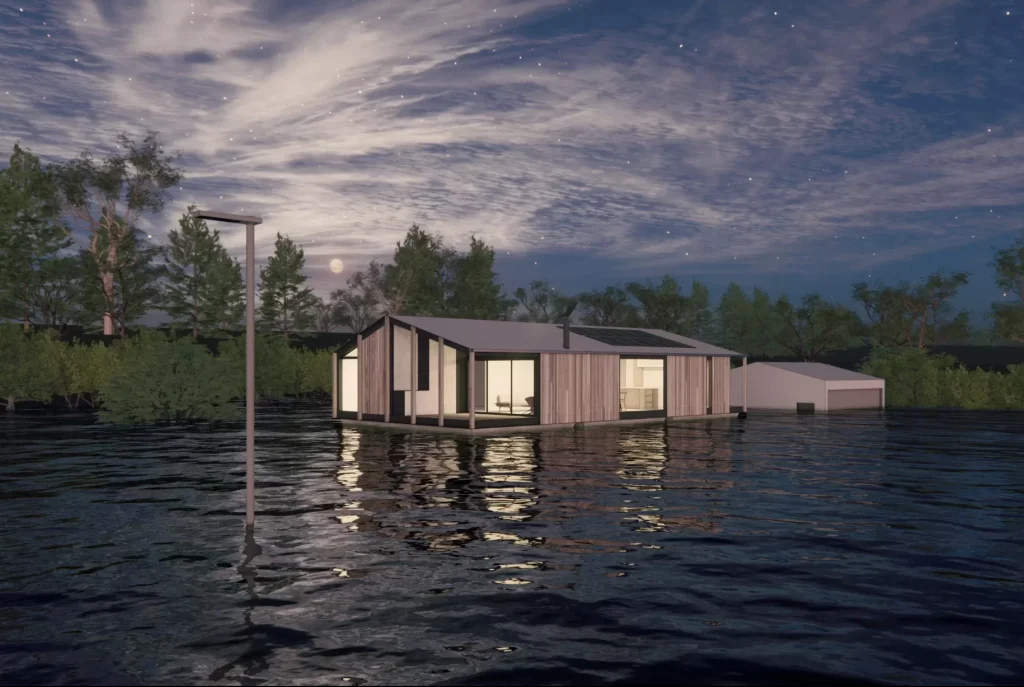Better Design Makes For Better Healthcare
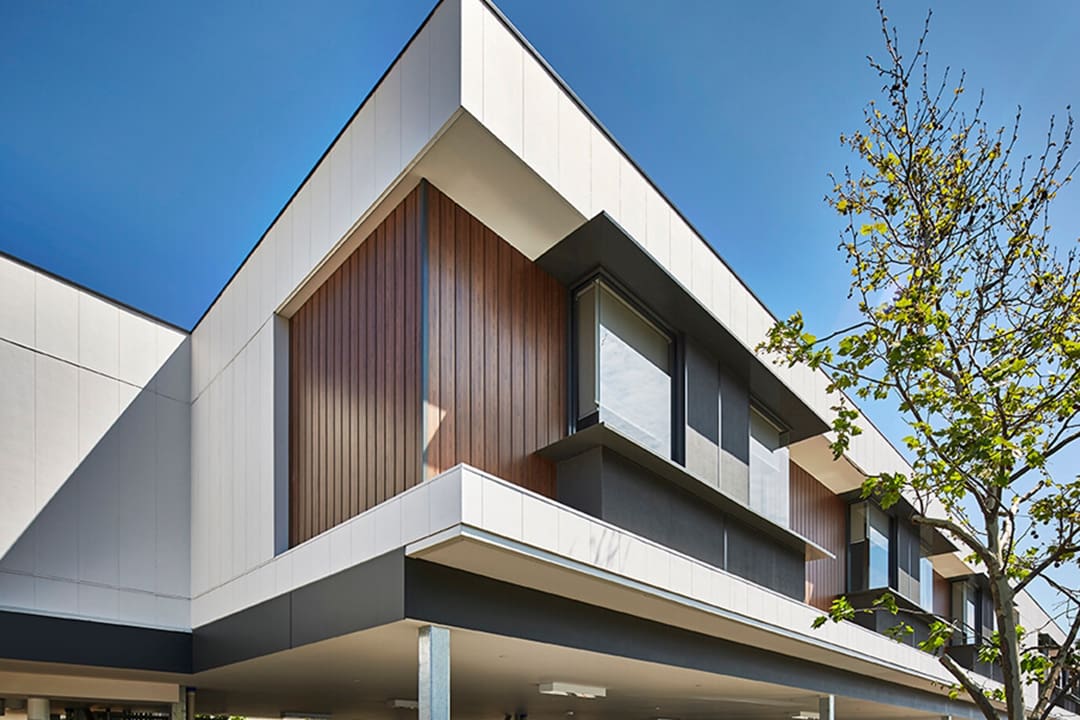
The pandemic continues to remind us that our everyday lives are shaped by the people and places that surround us. With that in mind, a review of research exploring healthcare, education, workplaces, housing, justice, urban design and transport has concluded that good design enables people, places and the environment to thrive – something we are passionate about when it comes to our projects at Modscape.
Better design is one of our pillars, and this has never been more important as more research is conducted into the effects that our physical environments have on us – both physically and mentally. It is for this reason that it has become widely accepted that good design must be a key consideration in the development of healthcare facilities.
When it comes to Modscape’s healthcare projects, we recognise that better design ultimately results in patients’ improved mental health, sped-up recovery timelines, and a minimised requirement for pain medication. Here are some of our key considerations when we design healthcare facilities:
Outdoor Views
Our in-house team of architects incorporate biophilic principles to ensure our modules maximise daylight have appropriate ventilation and moisture control. These principles have been linked to decreased stress, enhanced creativity, improved focus and overall wellbeing, as well as a faster recovery from illness.
Simple things like windows can provide access to a positive view, and this has been associated with reduced length of stay and a reduced need for analgesic medication. Studies have shown that patients who had been treated in an ICU with windows remembered their admission and discharge more accurately, had better orientation of the day and time, experienced less sleep and visual disturbance, and suffered less hallucinations.
Plants
Landscaping views and contact with nature can have beneficial health effects. A Swedish study has demonstrated that patients who had a view of vegetation from their beds had shorter convalescences, fewer complications and took less painkilling or sleep-inducing medications. Access to gardens is also important as patients who used gardens reported positive mood changes and stress reduction.
Lighting
There’s more benefits to good lighting than Vitamin D! The founder of modern nursing, Florence Nightingale, once suggested that patients would recover more quickly if they were cared for in an environment that had natural light, ventilation, cleanliness and basic sanitation. In turn, exposure to light (especially morning sunlight) assists in mood elevation and can result in a reduced length of stay for certain patients.
Studies have also shown that patients accommodated on the brighter side of a hospital (with 46% higher-intensity sunlight on average) perceived less stress and took 22% less analgesic medication than those on the duller side.
Noise
We can all agree that excessive noise causes negative physiological changes and disturbed sleep – after all, no one appreciates a racket! The World Health Organization (WHO) recommends sound levels of 35dB for continuous background noise in hospital patient rooms, with maximum night-time peaks of 40dB.
Unfortunately, many of today’s healthcare facilities exceed these limits due to the environmental surfaces, which are often hard and sound-reflecting, promoting noise volume by reverberation. Features such as long corridors also cause echoing, which forces staff and visitors to speak louder to be heard.
Effective design and layout can alleviate noise issues and be further enhanced through the use of sound-absorbing panels/tiles and insulation.
Modscape continues to incorporated these principles and more as part of our ‘better design’ ethos. You can read more about our extensive healthcare and aged-care projects here.
